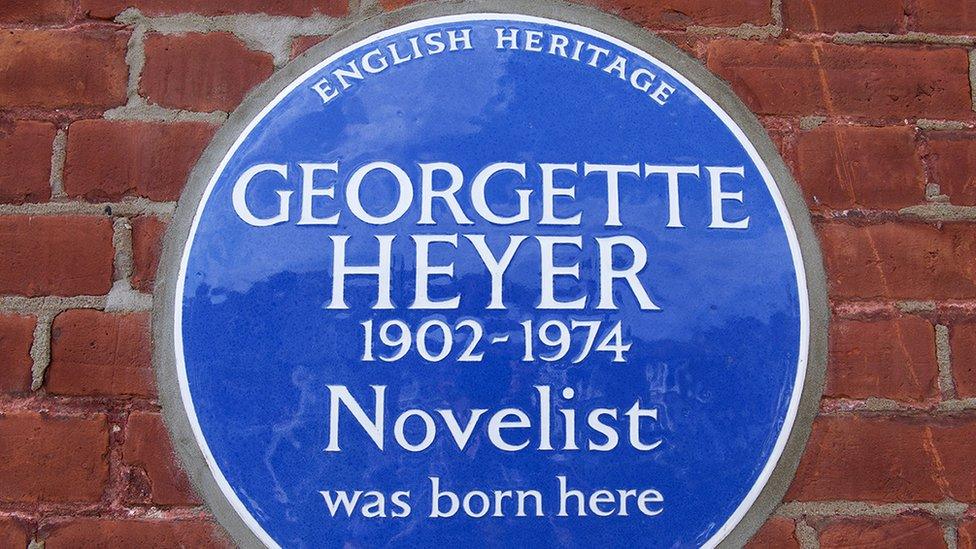Blue plaque for east London match workers who stood up for their rights
- Published
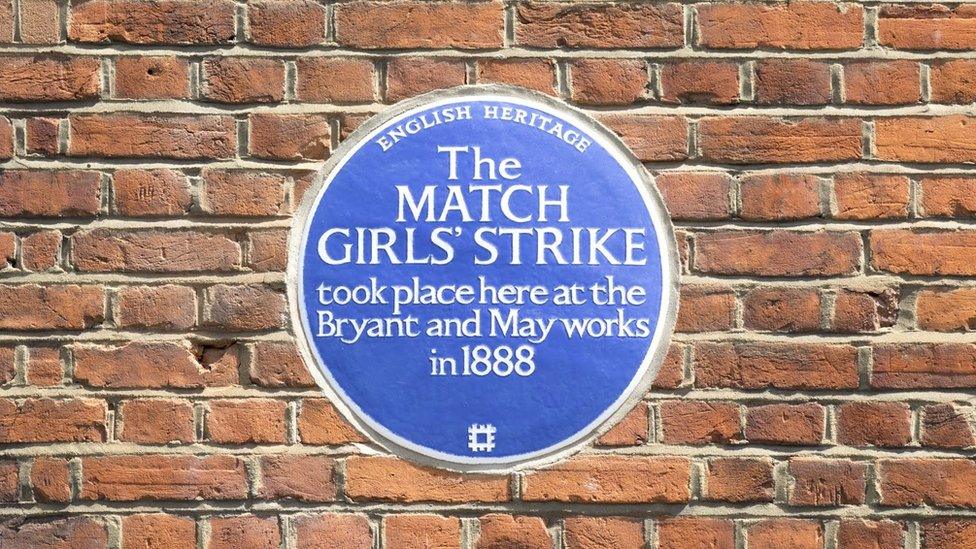
A group of women and girls who went on strike at a match factory in 1888 have been recognised with an English Heritage blue plaque.
The Bryant & May walkout in Bow, east London, was about the poor pay and dangerous conditions, which had been highlighted in a weekly newspaper.
The 1,400 employees refused to deny the accuracy of the report, so managers sacked a woman.
It triggered an immediate mass downing of tools, until bosses gave in.
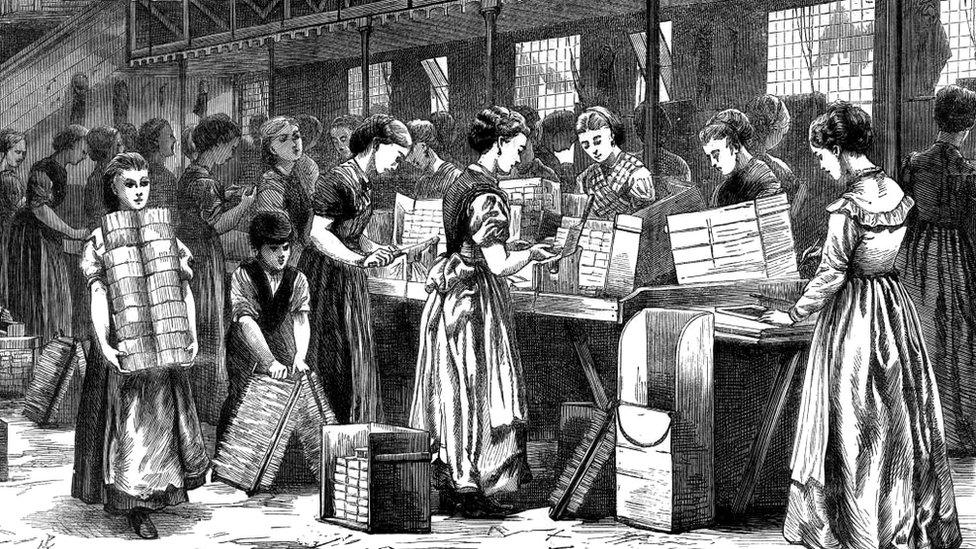
Women, girls and a young boy at work in Bryant & May's match factory

The plaque was unveiled by former EastEnders actress, Anita Dobson
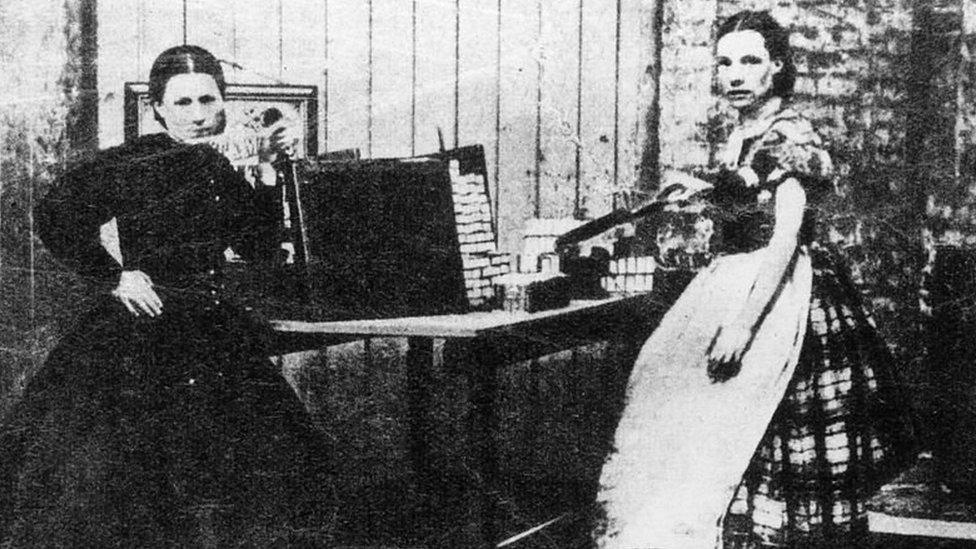
Workers in the match factories were at risk of "phossy jaw", which killed the bones in the jaw and was caused by breathing phosphorus particles
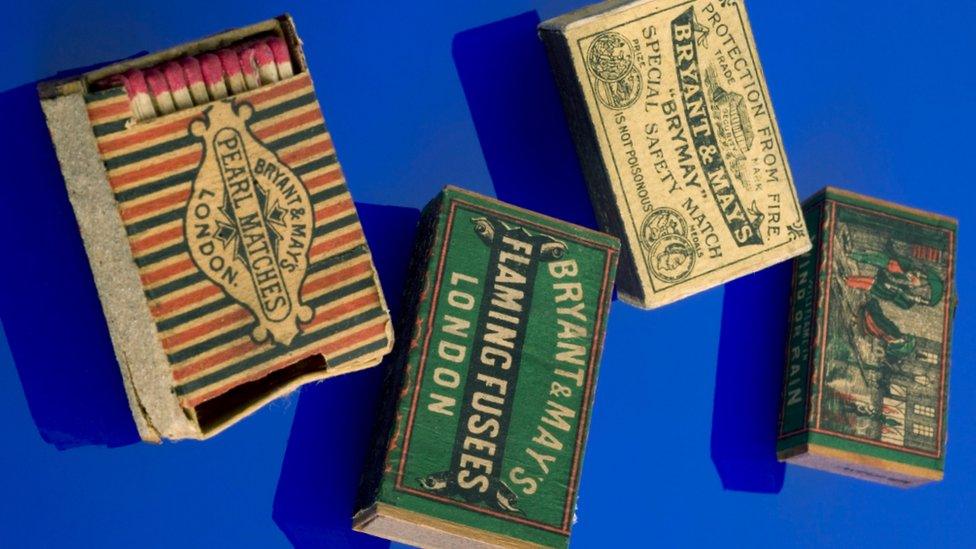
Many women who made safety matches were overworked and underpaid
The "Match Girls" worked 14-hour days in appalling conditions for a low wage, which was cut even further for workers who spoke or went to the lavatory.
Another hazard was a necrosis known as "phossy jaw" caused by the phosphorus, external used in matchmaking.
To the surprise of the company's management, the public was enormously supportive of the industrial action. A few weeks after walking out, the workforce returned to improved pay and conditions.
A dozen years later the use of the lethal form of phosphorus was discontinued.
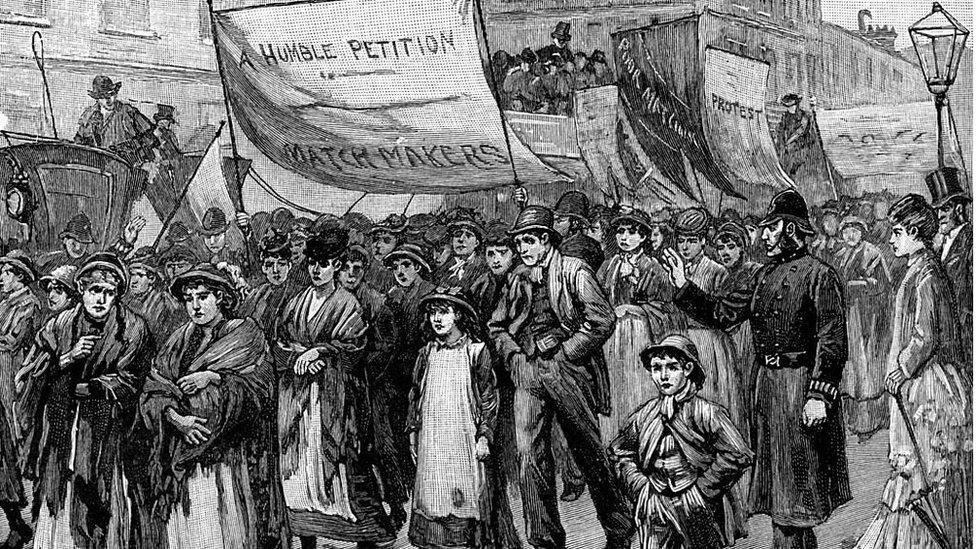
Workers, overwhelmingly women and girls, faced long hours in poor conditions for low pay
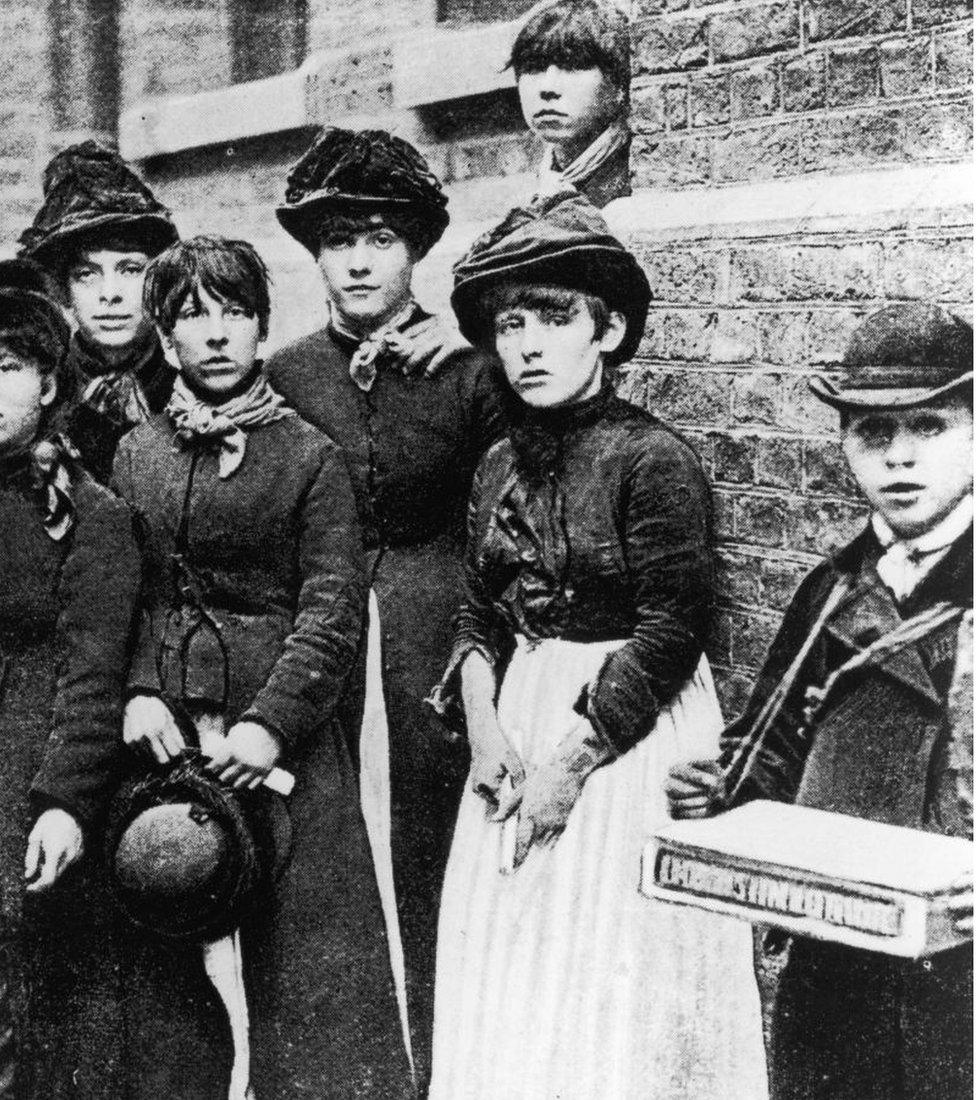
The mass walkout of 1,400 workers forced factory bosses to improve pay and conditions

How to get a blue plaque
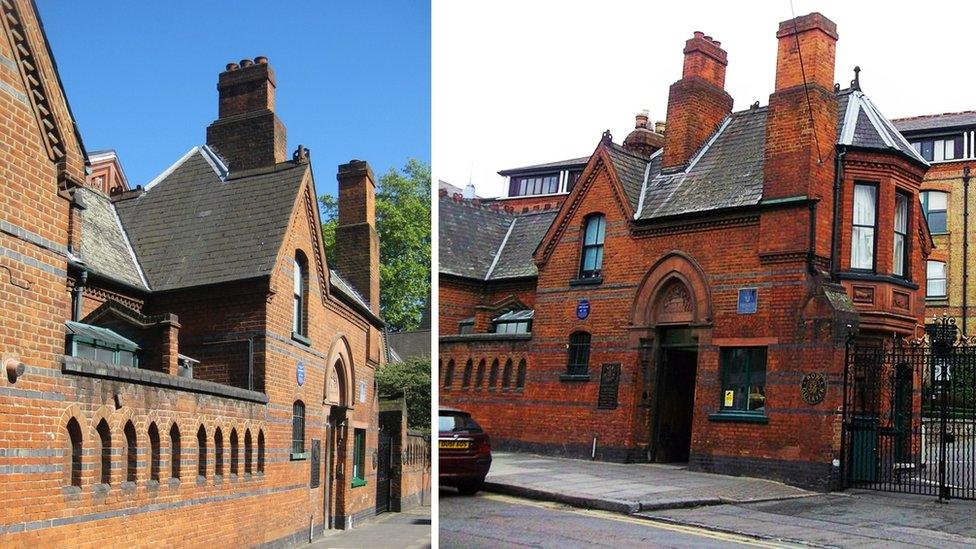
The former match factory site on Fairfield Road in Bow has been redeveloped into flats
The scheme celebrates the link between significant figures of the past and the buildings in which they lived and worked.
Here are the criteria:
They should be regarded as eminent within their own profession or calling
Their achievements should have made an exceptional impact in terms of public recognition or their achievements deserve national recognition
They must have been dead for 20 years
They should have lived in London for a significant period
The London building in which they lived or worked should still survive and must not have a significantly altered exterior
The building must be within Greater London but outside the City of London, which has its own scheme
Buildings with many personal associations, such as churches, schools and theatres, are not normally considered for plaques

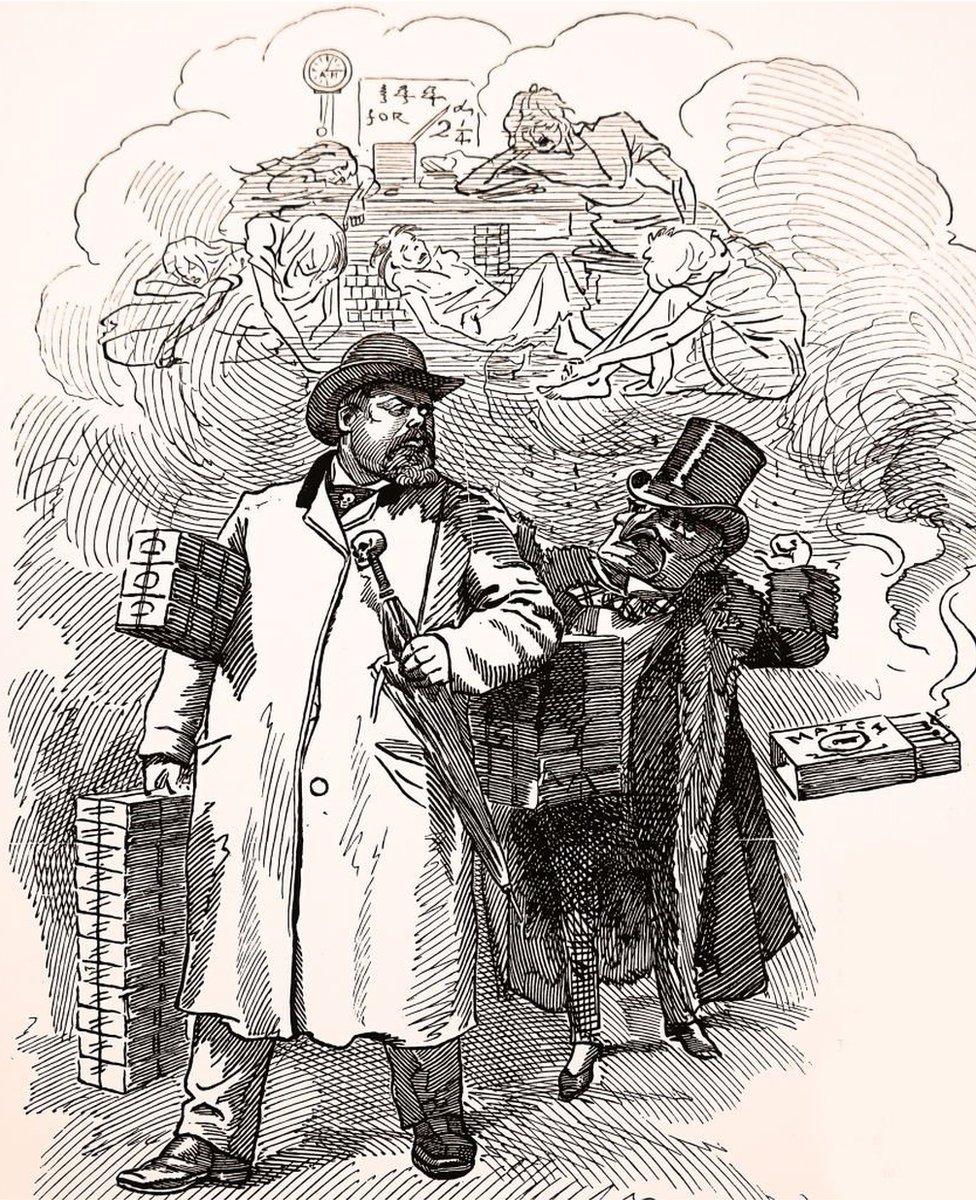
The public was largely in support of the matchgirls' strike. This illustration shows businessmen profiting while matchgirls waste away
The event, according to English Heritage, is widely recognised as a trigger to the New Unionism movement, which saw moves to develop the trade union agenda.
An English Heritage blue plaque is already on the building to commemorate social reformer Annie Besant, whose article in The Link newspaper, external became the catalyst for the industrial action.
The roundel was unveiled at the site on Fairfield Road by former EastEnders actress Anita Dobson, a patron of the Matchgirls Memorial Campaign.
She said: "These girls and women fought hard for their rights. They worked in appalling conditions and their lives were tough and the worst imaginable.
"Many of them died an early death due to the phosphorous fumes in the factory.
"They deserve to be honoured and remembered, and now they will be."

Follow BBC London on Facebook, external, Twitter , externaland Instagram, external. Send your story ideas to hellobbclondon@bbc.co.uk, external
- Published3 October 2016

- Published29 May 2016
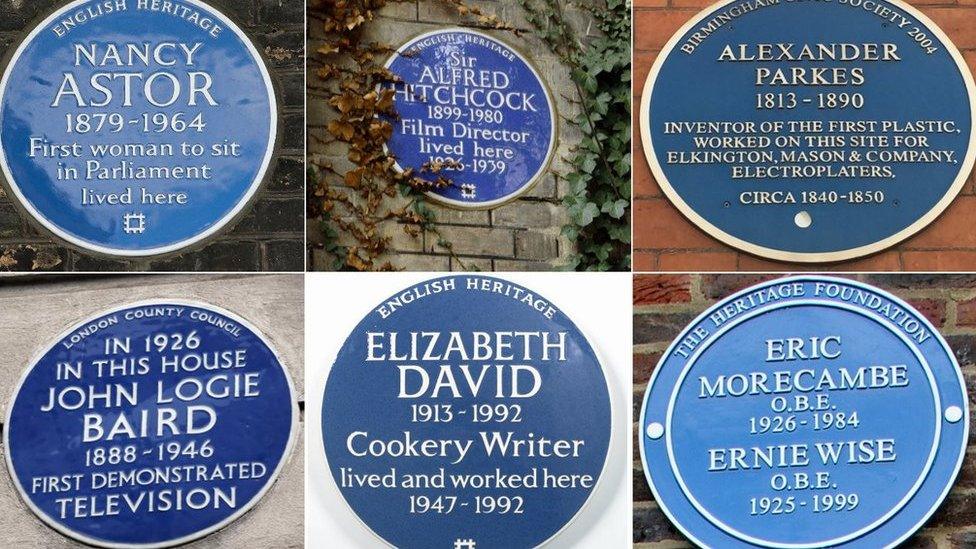
- Published1 March 2016
